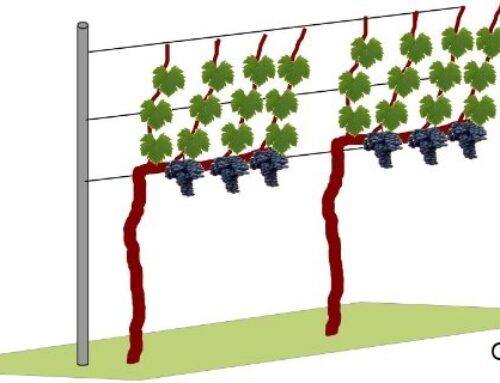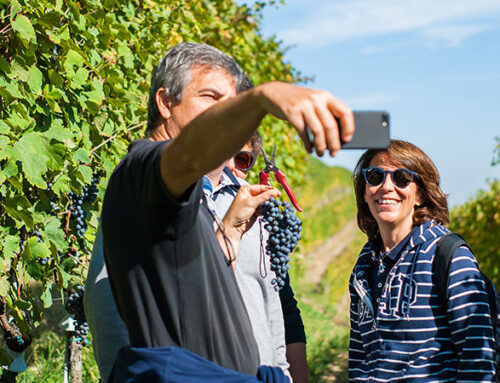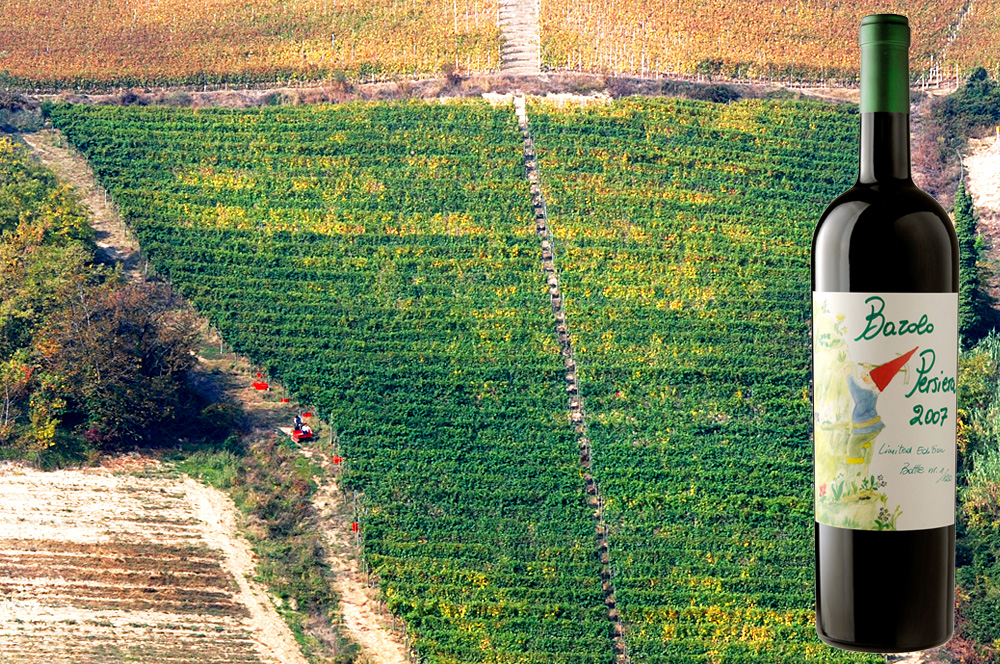Despite its little-known status even to enthusiasts of rare grape varieties, I’d like to talk to you today about a unique variety and its quirks.
The name ‘Rossese’ comes from the rose-amber colour of its grape clusters as they ripen towards the end of September or beginning of October.
White Rossese grows right here in Monforte d’Alba, and stands out amid the rows of Nebbiolo that predominate.
Originally from the Cinque Terre, by the middle of the 19th century White Rossese was considered an autochthonous Langa variety by virtue of its two-century residence.
The variety was subsequently abandoned mostly because of its uneven quality from harvest to harvest.
However, many qualities of Rossese set it apart from other varieties: the excellent quality and quantity of its sugar content, its thick skin and its compact grape clusters.
These are reflected in the straw-yellow colour of the wine and in its intensely fruity bouquet.
On the palate, the pronounced minerality and tasty crispness of Rossese are unexpected and continue undiminished through years of bottle-ageing.
These are characteristics to be prized in a white wine.
However the attributes of Rossese are not all to be found in the bottle.
White Rossese is closely interwoven with the Langa terroir and its unique characteristics, a sign of the perfect integration of grape variety and habitat.


Such aspects are hard to find elsewhere and thus impossible to imitate.
Italy is home to a rich and biodiverse array of grape varieties. This is a precious attribute which is unfortunately losing ground to ever more standarised tastes and palates.
To avoid the certification and subsequent production of facsimile wines derived from international varieties, it is essential to focus on local varieties that recount the history of the territory through their singular characteristics.
Let’s celebrate regional products then, and appreciate diversity in taste, aroma and flavour.














Scrivi un commento
Devi accedere, per commentare.